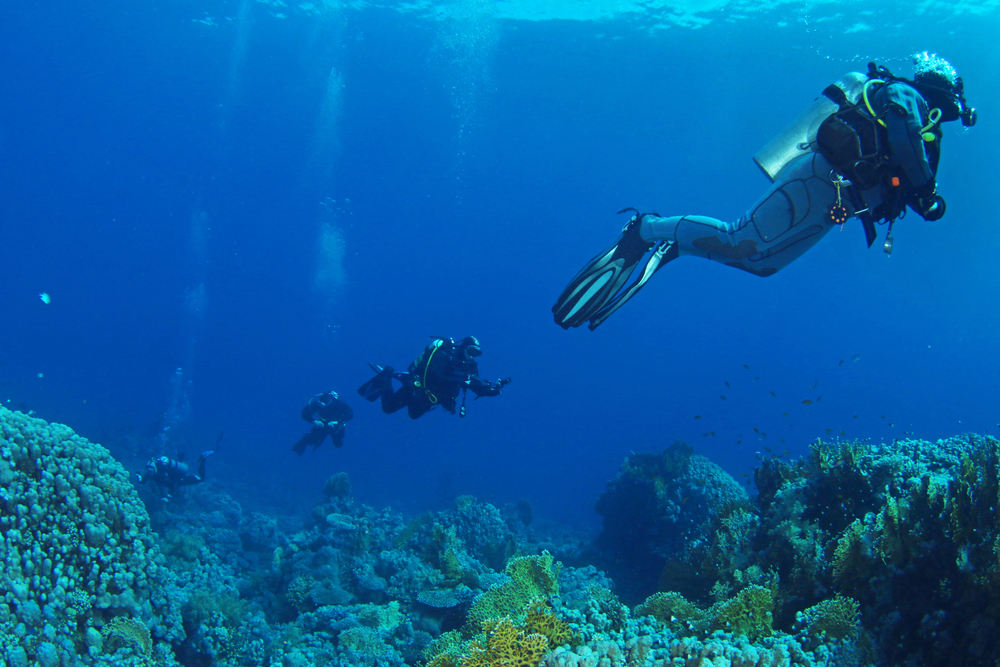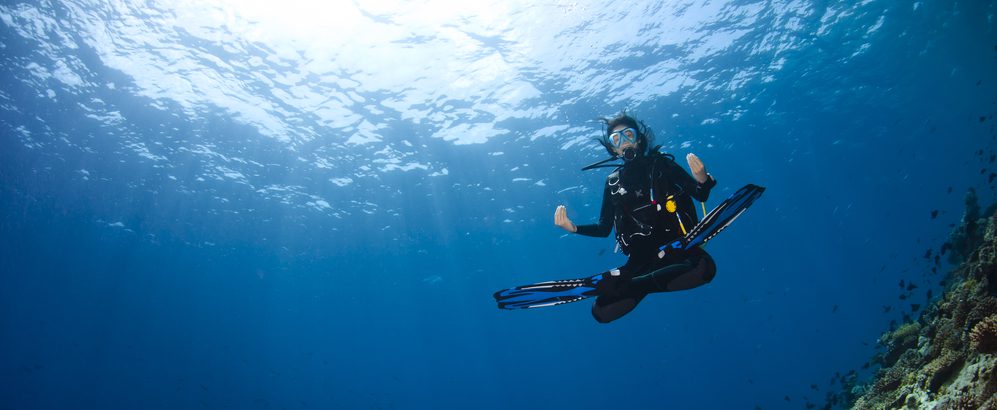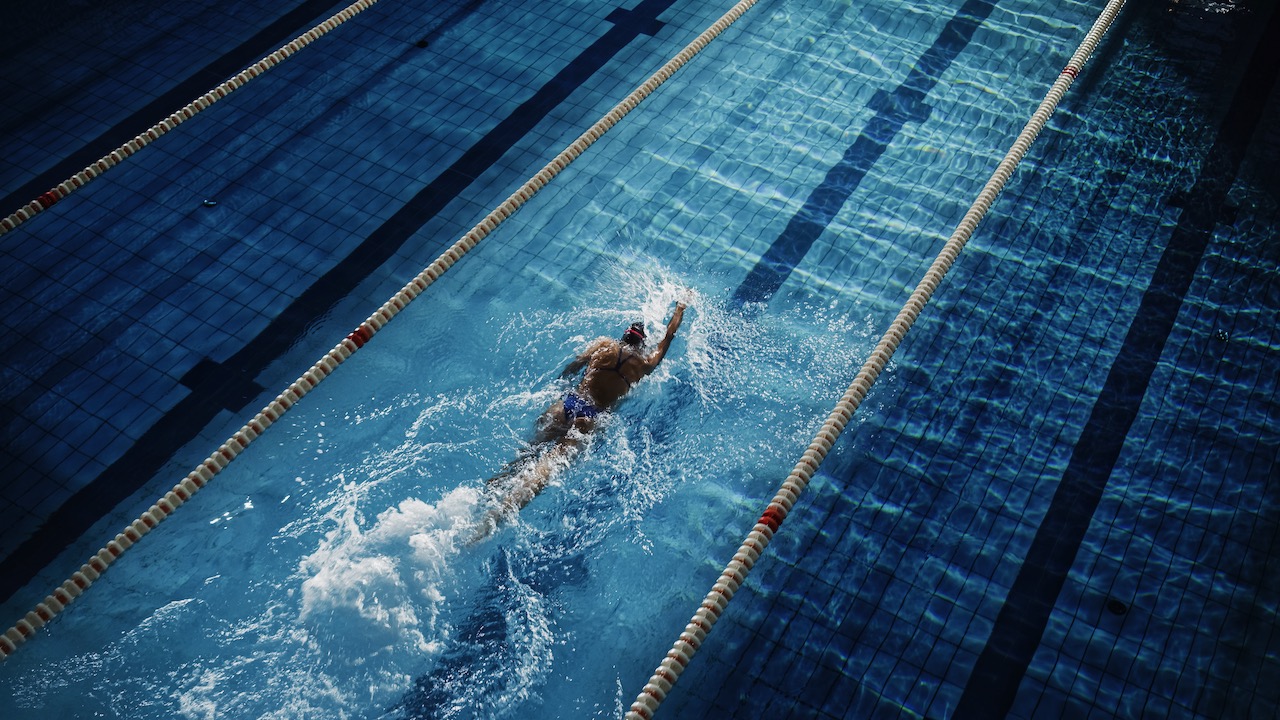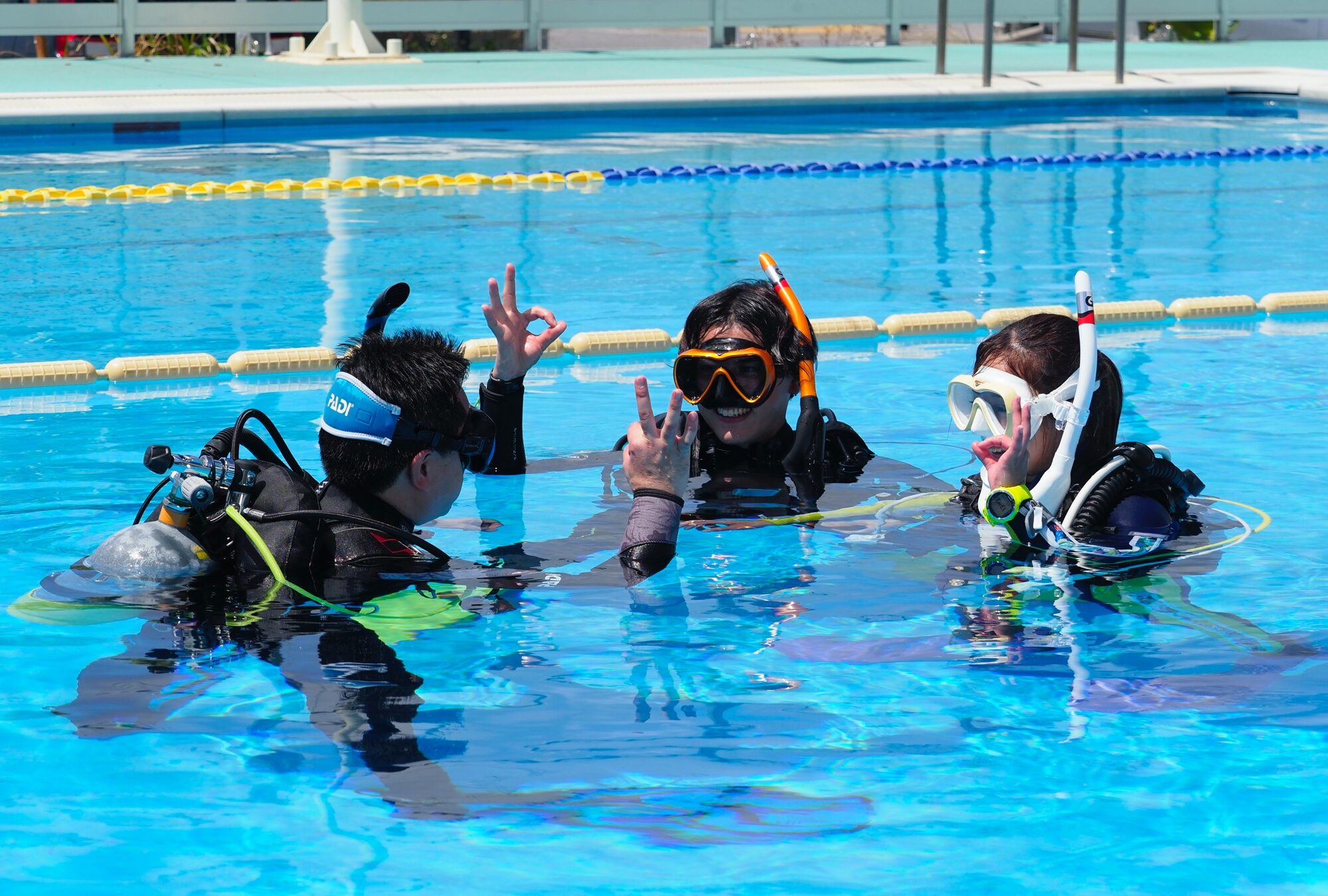When I signed up for my Divemaster course. I didn’t feel like I was PADI® Divemaster material. I felt more confident about my diving skills after completing the PADI Rescue Diver class, but I didn’t see myself as a dive leader.
For reasons I couldn’t fathom, my instructor insisted I would make a good Divemaster, despite the fact that:
What I knew about dive gear would fit on a yellow sticky note To find my way back to the boat or shore I sometimes had to surface My buoyancy was good, but nothing like the dive guides I’d seenAfter serious nudging from my fellow Rescue Diver classmates, I decided to sign up. I’m so glad I did!
I incorrectly thought understanding how dive gear works and being able to lead a dive were prerequisites for starting the PADI Divemaster course. Not so! These are things you learn and master as part of your Divemaster training. Here’s what’s actually required.
To start PADI Divemaster training you must be at least 18 years old* and have the following certifications:
You also need:
At least 40 logged dives Medical clearance to dive*Divers who are younger than 18 but at least 15 and hold PADI Advanced Open Water Diver and PADI Rescue Diver certifications and have at least 20 logged dives may enroll in the PADI Junior Divemaster program. Junior Divemaster candidates complete a significant portion of the Divemaster course, but not all, and additional training is required when the Junior Divemaster turns 18 in order to become a Divemaster.
There are also some important qualities every Divemaster should have that can’t be quantified. These are the things my instructor saw in me:
A commitment to protecting the environment Strict adherence to safe diving practices A caring nature and desire to help people
You need 40 dives to start the PADI Divemaster course and 60 dives to graduate. If you don’t have at least 40 dives yet, grab a tank and get going!
While you’ll dive a lot as part of your Divemaster training, you won’t necessarily make 20 dives.
Picking up a few specialty certifications is a good way to improve your skills while getting the dives you need.
Can you hover for a minute without finning or sculling? If not, take the Peak Performance Buoyancy specialty.The PADI Deep Diver and/or PADI Search and Recovery specialty certifications are two others to consider because the divemaster course includes a deep diving and search and recovery diving workshop. If you have these certifications you can, at the instructor’s discretion, skip those workshops.

Divemaster candidates should be comfortable performing all the
(Divers Alert Network). DAN can connect you with someone in their worldwide network of physicians who serve the diving public.
The PADI Divemaster course includes three swimming assessments and one treading water exercise. *If you don’t currently spend a lot of time in the water (diving, surfing, swimming, etc.), build up your endurance before the course.
*Accommodations can be made for Divemaster candidates with physical impairments.
Here are the PADI Divemaster swim test (aka waterskills) requirements
Swim 400 meters/yards nonstop without swimming aids. Use any stroke or combination of strokes. Swim 800 meters/yards face down – nonstop – using mask, snorkel and fins only. Use of arms or flotation aids is not permitted unless the candidate has a physical impairment. Tow or push a diver for 100 meters/yards nonstop, at the surface, without assistance. Both divers wear full scuba equipment. Wearing only a swimsuit, tread water, bob or float using no aids for 15 minutes. During the last two minutes, hold hands (not arms) out of the water.I’ve been a lap swimmer most of my life, so I didn’t practice holding my hands out of the water for two minutes. Much to my surprise, this last part of the treading water skill was a struggle. I completed it successfully thanks to a fellow Divemaster candidate named Keith.
Earlier in this article, I mentioned there are qualities every Divemaster needs that are hard to quantify. Keith went on to be an exceptional Divemaster (and Instructor) because of his caring nature and desire to help people, including his fellow students!
Keith was missing one of his legs below the knee, but he was treading water and holding his hands up with the rest of us. Because of his physical impairment, Keith could have skipped the hand-raising challenge or the entire skill, but he didn’t. He hung in there, making jokes and encouraging everyone. Love and miss you, buddy.
Want to learn more about what it takes to become a PADI Divemaster? Here are two articles you might find helpful:
Psst! If you’re reading this, odds are you have what it takes to become a Divemaster. Why? Because a good Divemaster is thorough, responsible and pays attention to the small things.

Even if you don’t feel like a dive leader yet, you’ll get there with time and practice. That’s what the PADI Divemaster course is all about! By the end of your Divemaster training, you’ll have transformed from a diver into a scuba diving professional.
DOWNLOAD THE “BECOME A PADI PRO” BROCHURE
Learn more about the concepts, skills and knowledge necessary to become a PADI Divemaster. Try the free online course Intro to Divemaster. There’s no commitment and no credit card required, it’s truly free. Get started in just a few clicks:
START DIVEMASTER TRAINING – FREE
Share This
